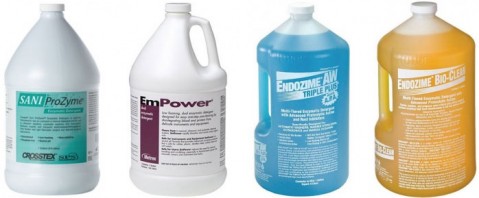Blog Categories
By Category
Disinfecting Protocols 101
So let's do a refresher on some of the recommended steps and precautions that must be followed to properly maintain and utilize an AER (Automated Endoscopic Reprocessing) machine. It may seem like a waste of time but there's some really great standards that have been set by multiple entities that can reduce your overall risk for patients of infections when operating these amazing machines.
We'll start with a list of organizations who have created and established the professional guidelines for cleaning and disinfection of endoscopes. It's an industry best practice to develop your internal office protocols based on expert guidelines that you have thoroughly researched. The organizations below are an excellent starting point for this research.
- Society of Gastroenterology Nurses and Associates
- American Society for Gastrointestinal Endoscopy
- Association of Operating Room Nurses
- British Society of Gastroenterology
- Association for Professionals in Infection Control and Epidemiology, Inc
- American Society for Testing and Materials
- Canadian Society of Gastroenterology Nurses & Associates
So let's go over some of the basic information with regards to the disinfectants themselves.
The selection of the AER detergent you use is critical. And while you wouldn't think you'd need to say it, using kitchen detergents is absolutely not acceptable because they can easily contain bacteria themselves. Dish washing detergents typically do not inhibit bacterial growth which is mandatory. Another reason not to use dish washing detergents is that they typically take longer to dilute with water which could lead to issues with clogs in the AER's plumbing components.
When choosing your LCG (liquid chemical germicide) it's important to make sure that the LCG can achieve high-level disinfection. Typically the product's label will indicate the contact time, temperature and dilution necessary for the full disinfection cycle. MedService Repair offers a number of compatible disinfectants, detergents and disinfectant supplies.
It's also important to make sure that the LCG has been cleared by the FDA as a "sterilant/disinfectant".
Non-foaming disinfectants are also desired. Disinfectants with high surfactants levels will produce more foam and may be above acceptable levels for automatic endoscopic reprocessors.
It's also extremely important to use the manufacturer's (or compatible and approved) test strips to test potency before each reprocessing cycle. If the minimum effective concentration is not met, it must be replaced with fresh high-level disinfectant.


